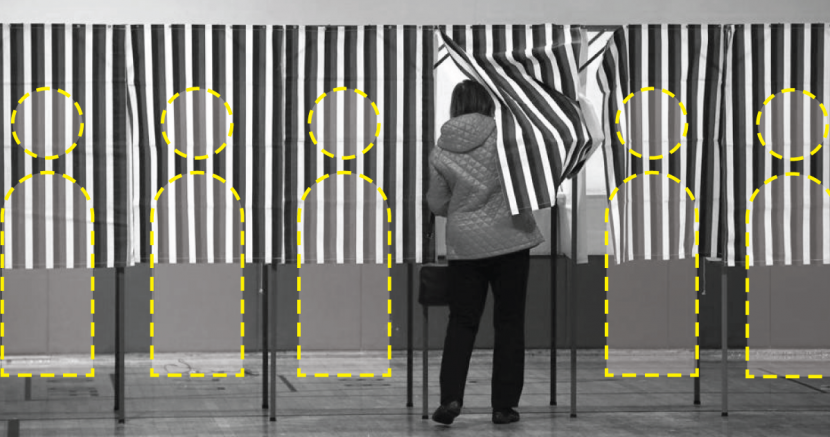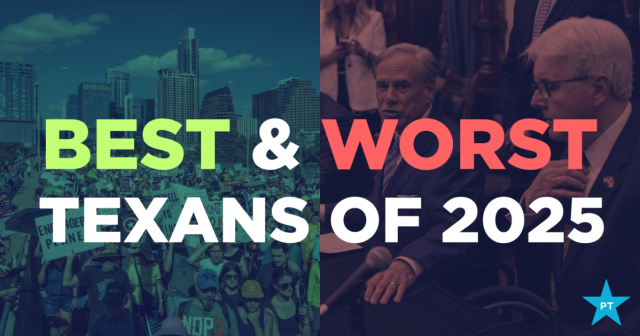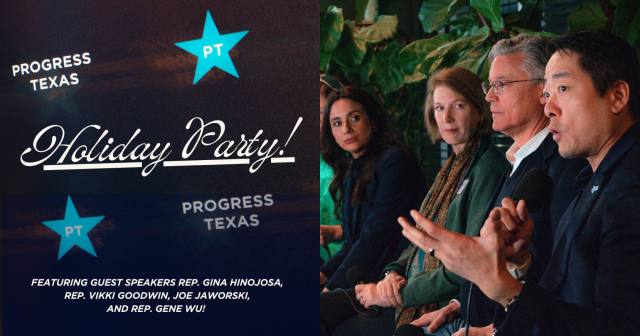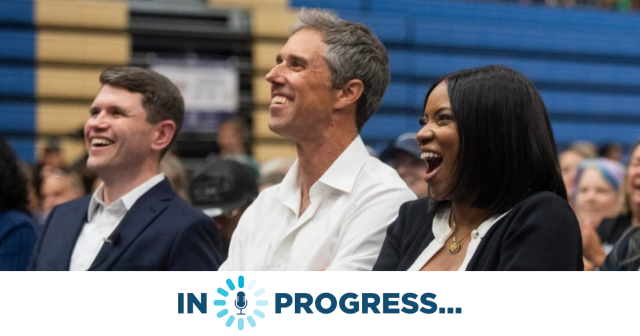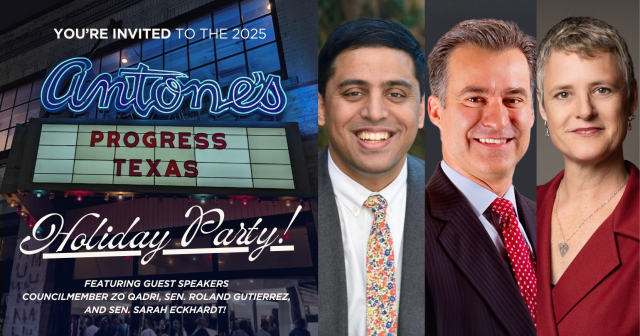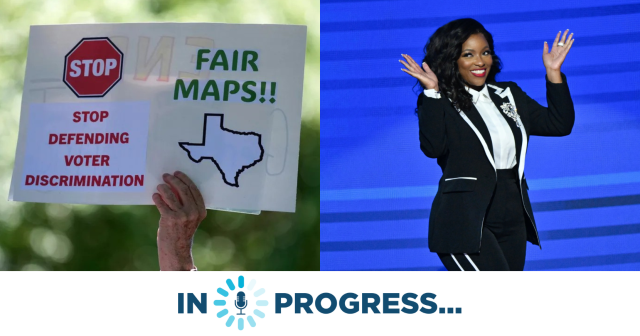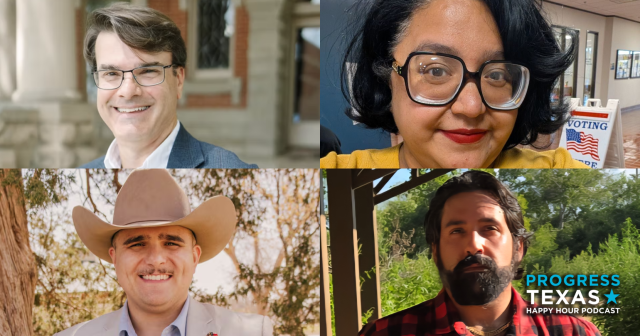Dear America,
Didn't we just have a hard lesson in polls in 2016? Before we get too amped-up over 2018 polls, let's all remember that it was just two years ago when most of them were wrong.
This week in Texas politics we saw one poll that showed Ted Cruz leading among likely voters by 9 points. This poll was supposed to carry more weight because it's one of likely voters—those that pollsters consider most likely to participate in 2018—as opposed to all registered voters.
But that was yesterday! Because today a new poll came out showing Beto O'Rourke up by 2 points—among likely voters. Nate Silver of FiveThirtyEight tweeted that it's a healthy sign that we're seeing some disagreement.
If that defines healthy in 2018, then we're all going to be Olympians by the time this is all over.
Normally pollsters, campaign strategists, and organizations will define a likely voter as someone who has previously voted in a midterm election. But nothing is normal anymore.
Using a 2014 sample to predict a 2018 result is crazy for several reasons. In 2014 Texas saw the lowest voter turnout of the past decade, whereas 2016 we saw the highest turnout in decades with a full 20 percent of the electorate composed of new voters. Add to that, the 2018 Democratic primary saw double the turnout of the previous midterm election. These are swings that pose a real problem in figuring out how to determine likely voters in 2018.
Basing a projection on a 2014 sample is going to give you a 2014 result, and there's nothing to indicate that 2018 will be anything like the last midterm election.
What this means is that no one knows what a likely voter is in 2018, because we are living in unprecedented times.
So what does that mean for you? It means you shouldn't take the polls too seriously and that you should keep working for candidates you believe in. It also means you have to get out and vote, because no one is going to do it for you.
DONATE
Your donation supports our media and helps us keep it free of ads and paywalls.

